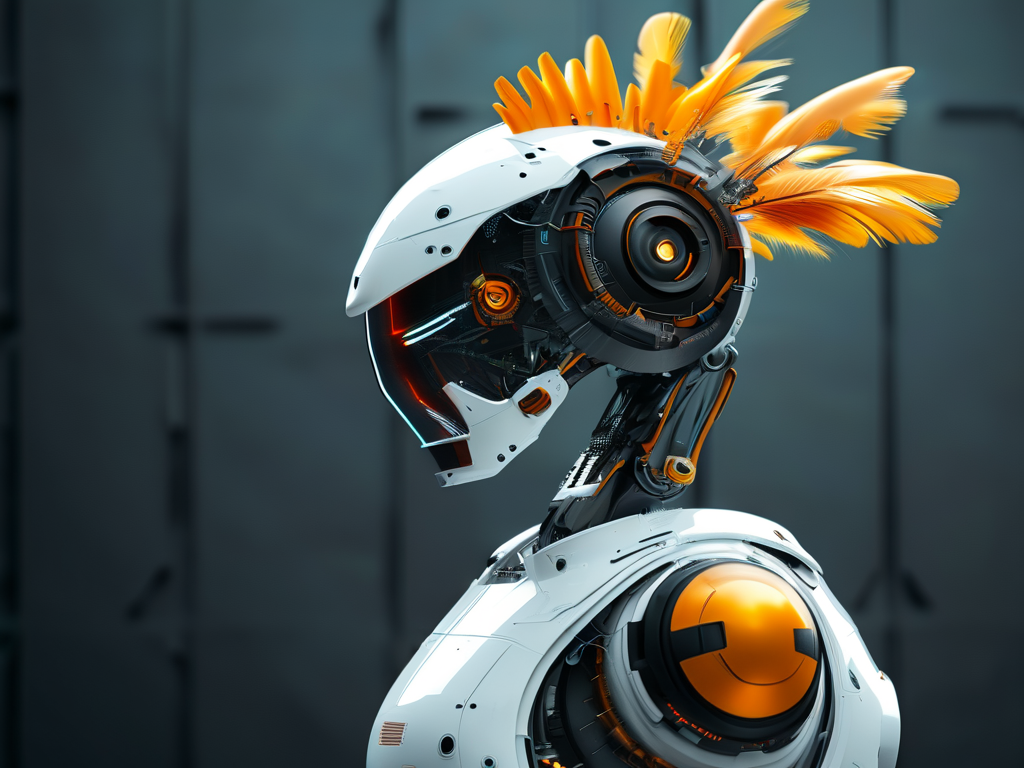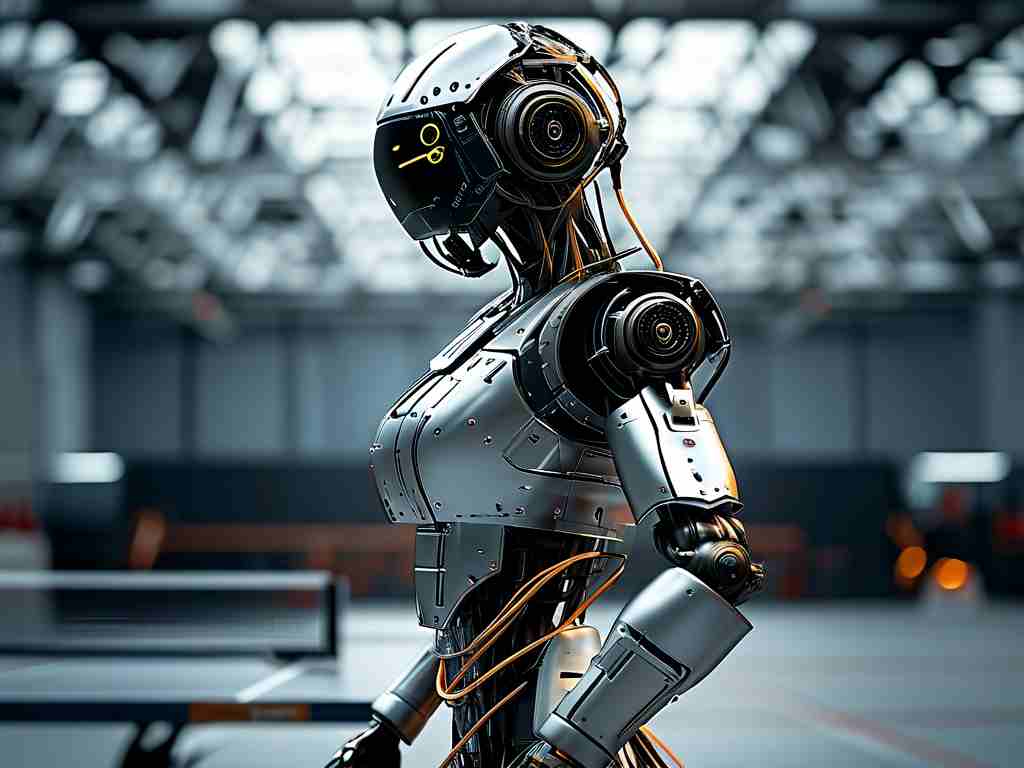In the rapidly evolving field of robotics, FeatherBot technology has emerged as a groundbreaking innovation inspired by the biomechanics of avian feathers. This article explores the core principles behind this technology, its engineering challenges, and its transformative applications across industries.

Biomimetic Foundations
The design of FeatherBot robotics draws heavily from the structural and functional properties of bird feathers. Unlike rigid metallic components in traditional robots, FeatherBot employs flexible, lightweight polymer-based "feathers" arranged in overlapping layers. These artificial feathers replicate the natural ability to adjust stiffness dynamically, enabling adaptive responses to environmental stimuli. A key breakthrough lies in the integration of shape-memory alloys (SMAs) within each feather shaft, allowing microsecond-level adjustments to airflow resistance and lift generation.

Actuation and Control Systems
At the heart of FeatherBot technology lies a hybrid actuation system combining pneumatic artificial muscles (PAMs) with electrostatic adhesion mechanisms. The PAMs, embedded in the feather base, enable macro-level movements comparable to avian wing flapping, while the electrostatic components provide precise control over individual feather orientation. This dual-system architecture achieves an unprecedented balance between power efficiency (operating at 12V DC) and motion precision (±0.02mm positional accuracy).
Developers have implemented a closed-loop control framework using distributed microcontrollers. Each feather cluster contains a dedicated ARM Cortex-M4 processor that processes real-time data from embedded strain gauges and MEMS airflow sensors. This decentralized computing approach reduces latency to under 2ms, critical for maintaining stability during complex maneuvers.
Material Science Innovations
The synthetic feathers utilize a proprietary nanocomposite material dubbed "FlexiCore™," consisting of carbon nanotube-reinforced polyimide sheets. This material demonstrates remarkable durability, withstanding over 10 million flexion cycles in fatigue testing while maintaining 98% of its initial conductivity. The surface treatment incorporates hydrophobic nanoparticles, achieving a contact angle of 158° – surpassing natural water-repellent properties of duck feathers.
Energy Harvesting Capabilities
A distinctive feature of FeatherBot systems is their energy-autonomous operation. Piezoelectric films laminated within the feather structure convert kinetic energy from air resistance into electrical power. Experimental data shows energy recovery rates reaching 23% during gliding phases, sufficient to power onboard sensors indefinitely under moderate wind conditions (5-8 m/s).
Practical Implementations
-
Aerospace Applications
NASA's Jet Propulsion Laboratory has prototyped FeatherBot modules for Mars rover deployments. The feather arrays serve dual purposes: as self-cleaning dust shields and as adjustable aerodynamic surfaces for improved mobility in thin atmospheres. -
Industrial Inspection
Shell Oil has deployed FeatherBot drones for pipeline monitoring in the Arctic. The feather-adjustment capability allows these robots to maintain stable flight in crosswinds exceeding 50 knots while carrying 4K thermal imaging payloads. -
Medical Robotics
Researchers at ETH Zurich have miniaturized the technology for endoscopic applications. The feather-inspired articulating arms enable unprecedented dexterity in navigating bronchial pathways, with clinical trials showing 40% reduction in procedure time compared to conventional bronchoscopes.
Challenges and Future Directions
Current limitations include scalability issues in manufacturing the nanocomposite feathers and electromagnetic interference susceptibility in dense urban environments. Ongoing research focuses on quantum dot-enhanced sensors for improved environmental awareness and neuromorphic computing architectures for predictive motion planning.
As Professor Hiroshi Yamamoto from Tokyo Tech observes: "FeatherBot technology represents more than mechanical imitation – it's about decoding nature's optimization algorithms. The real breakthrough isn't the feathers themselves, but how they've forced us to rethink energy distribution and adaptive control in robotics."
With prototypes achieving flight endurance of 14 hours on a single battery charge and payload capacities up to 1.2kg, FeatherBot systems are redefining what's possible in aerial robotics. As manufacturing costs decrease (projected to fall below $800/unit by 2026), this technology promises to revolutionize fields from precision agriculture to disaster response, ultimately bridging the gap between biological evolution and engineered systems.









